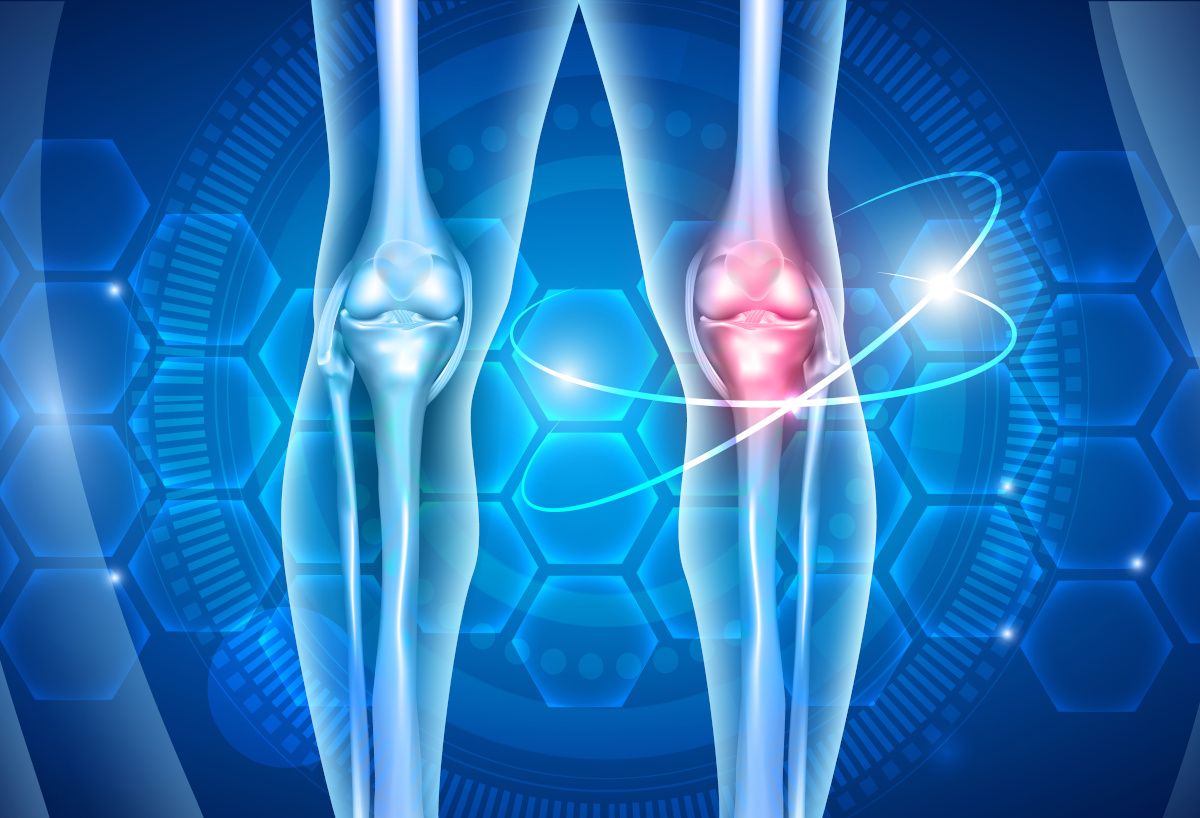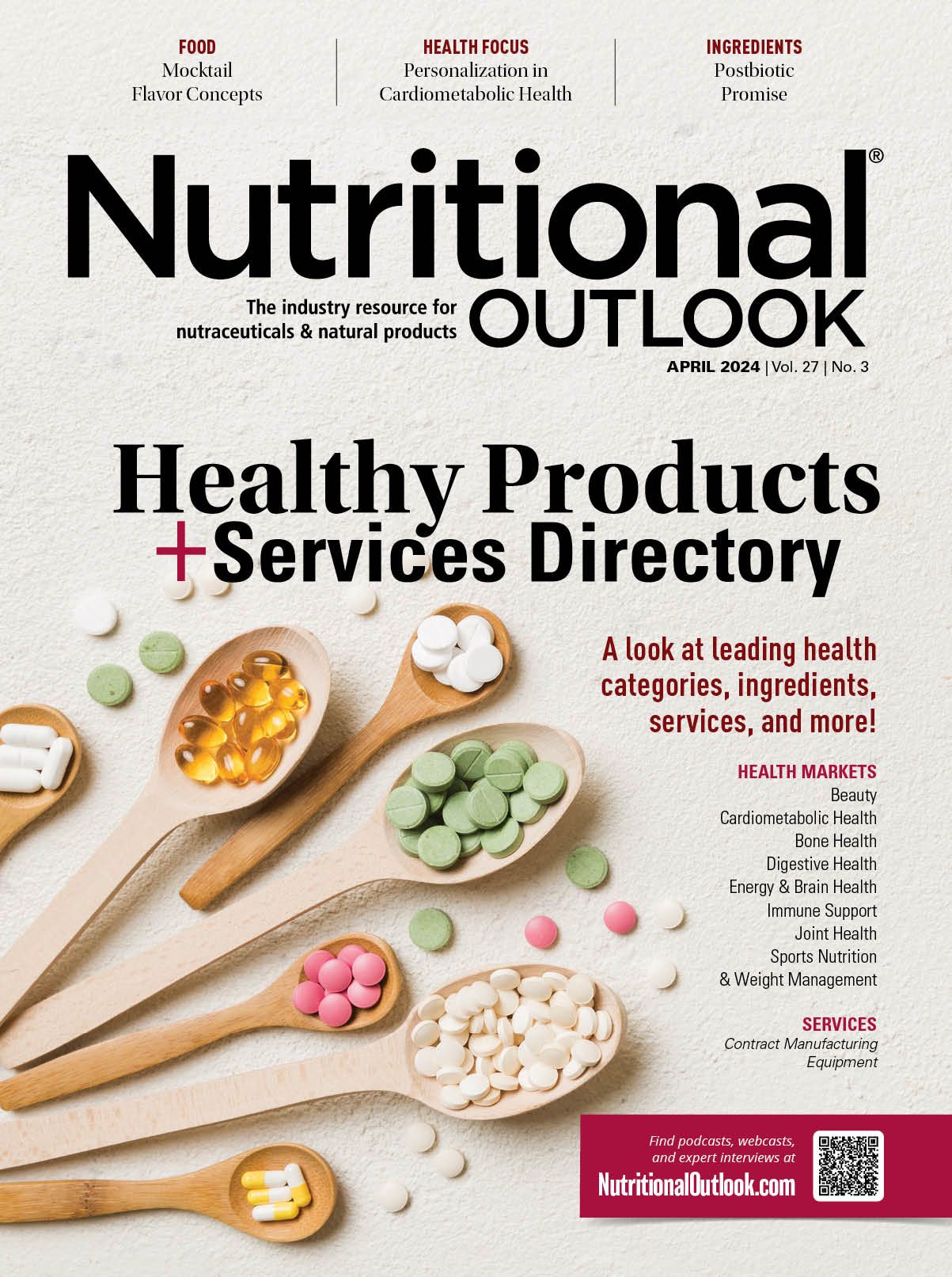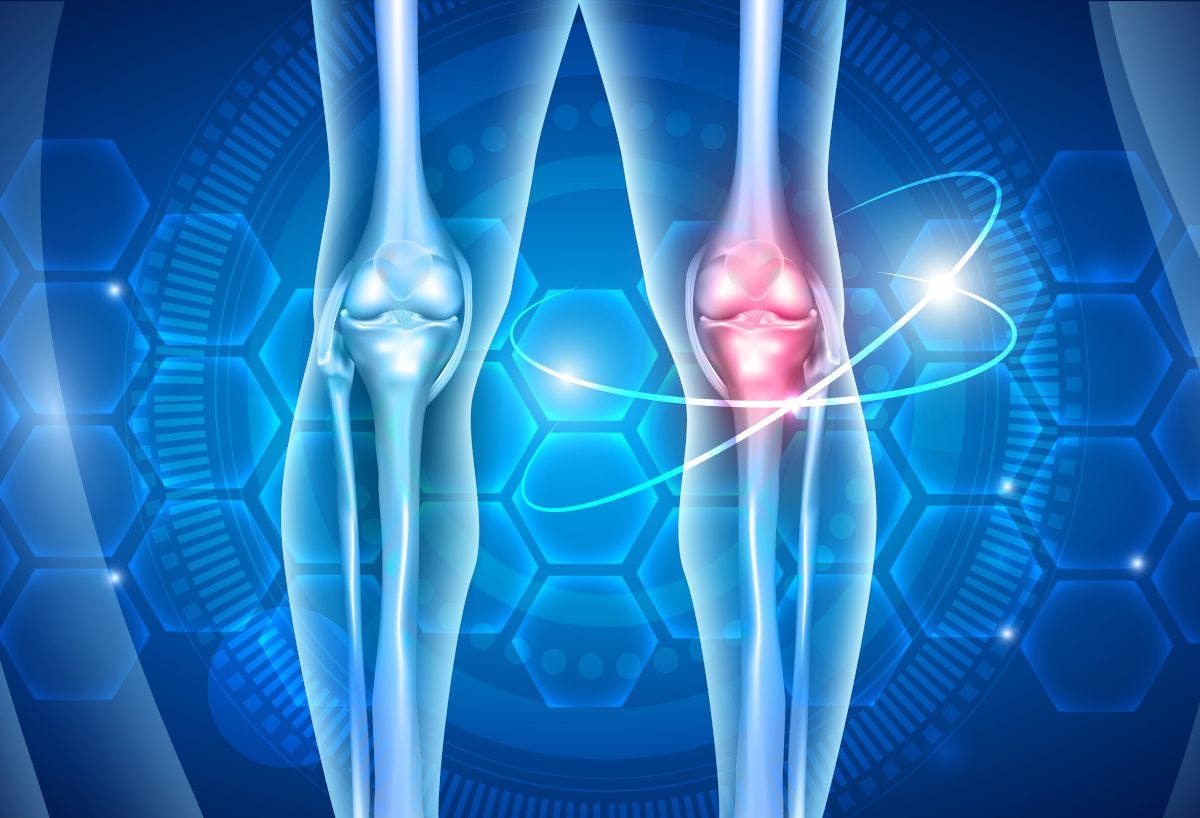Joint health customers are getting younger
Millennials are reaching middle age and want to protect their joints so they can stay active for longer.
Photo © AdobeStock.com/reineg

According to the Centers for Disease Control (CDC), between 2019 – 2021, about 1 in 5 US adults (21.2%) or about 53.2 million people were diagnosed with arthritis. The prevalence of arthritis was highest among people who reported not having leisure time physical activity (30.9%) or being insufficiently active (27%).1 So, while some joint problems can be the result of injuries or damage from sports, a sedentary lifestyle may be the biggest culprit for developing arthritis. CDC also points out that while arthritis symptoms may be a barrier to physical activity, being active can help reduce pain and function, not to mention help reduce the risk of other diseases such as cardiovascular and diabetes.
Unfortunately, once someone gets to the point of having arthritis, there is no reversing the disease, and it becomes about managing symptoms. Supplements can be useful to some extent, but they should not be treated as medicine. Luckily, young consumers are well aware of the dangers of joint health problems, and they are trying to do everything within their power to ensure they can remain active and maintain a high quality of life as they age.
“What we’re seeing in this joint health market is that it’s evolving and really expanding to include ayounger demographic. Millennials are starting to approach mid-life. [They’re] very proactive. [They] don’t want to go down without a fight. [They’re] just looking at every single option to stay active and healthy,” says Emily Navarro, MS, RD, global product marketing manager, nutritional products and services at Lonza. “So, we’re seeing that what we would traditionally think of joint health is becoming active lifestyle.”
When it comes to joint health in a younger demographic, the priority is to support the integrity of joint structure. The goal is to reduce the risk of joint degradation, avoid injury, and maintain healthy joints in the long-term. This is where ingredients like collagen come in.
“The collagen market is booming and this younger demographic is very familiar with collagen, so they’re more likely to take collagen,” says Navarro. “The thing here though is there’s confusion around collagen, and the different types of collagen.”
There are a number of choices on the market, including undenatured type-2 collagen, hydrolyzed collagen peptides, and even ingredients such as eggshell membrane which are made up of collagen-like proteins. Seeing all these different options can certainly be confusing to consumers, not to mention the collagen ingredients in the skin and hair health that may further muddy the waters. First and foremost, substantiation is key.
There are several branded ingredient with different levels of substantiation but the body of evidence is promising. For example, undenatured type 2 collagen has been found in randomized placebo- controlled studies to help improve range of motion in the knees subjects with age-related joint discomfort2, and has even been shown to be complementary to over-the-counter pain relief, namely acetaminophen, significantly improving joint pain, function, and quality of life compared to acetaminophen alone.3 A review of research found that supplementation with collagen peptides helped reduce joint pain, improve joint function, and increased collagen synthesis.4 A review of eggshell membrane research found that the ingredient had the potential to reduce collagen turnover to support recovery from exercise-induced joint pain and stiffness to improve mobility.5
The benefit of using substantiated ingredients is that you can safely make structure-function claims that communicate the benefits of one’s products. And be sure to share that research with customers. Millennial consumers like to be informed and having access to the scientific literature only helps them make that decision.
References
- Arthritis Data and Statistics. CDC. October 4, 2023. https://www.cdc.gov/arthritis/data_statistics/national-statistics.html (accessed 2024-03-27).
- Schön, C.; Knaub, K.; Alt, W.; Durkee, S.; Saiyed, Z.; Juturu, V. UC-II undenatured type II collagen for knee joint flexibility: A multicenter, randomized, double-blind, placebo-controlled clinical study. J. Integr Complement Med. 2022, 28 (6), 540-548. DOI:10.1089/jicm.2021.0365
- Bakilan, F.; Armagan, O.; Ozgen, M.; Tascioglu, F.; Bolluk, O.; Alatas, O. Effects of native type II collagen treatment on knee osteoarthritis: A randomized Controlled trial. Eurasian J Med. 2016, 48 (2), 95-101. DOI: 10.5152/eurasianjmed.2015.15030.
- Khatri, M.; Naughton, R.J.; Clifford, T.; Harper, L.D.; Corr, L.The effects of collagen peptide supplementation on body composition, collagen synthesis, and recovery from joint injury and exercise: a systematic review. Amino Acids. 2021, 53 (10), 1493-1506. DOI: 10.1007/s00726-021-03072-x
- Shi, Y.; Zhou, K.; Li, D.; Guyonnet, V.; Hincke, M.; Mine, Y. Avian Eggshell Membrane as a Novel Biomaterial: A Review. Foods. 2021, 10 (9), 2178. DOI: 10.3390/foods10092178

Prinova acquires Aplinova to further increase its footprint in Latin America
April 7th 2025Prinova has recently announced the acquisition of Brazilian ingredients distributor Aplinova, which is a provider of specialty ingredients for a range of market segments that include food, beverage, supplements, and personal care.




















